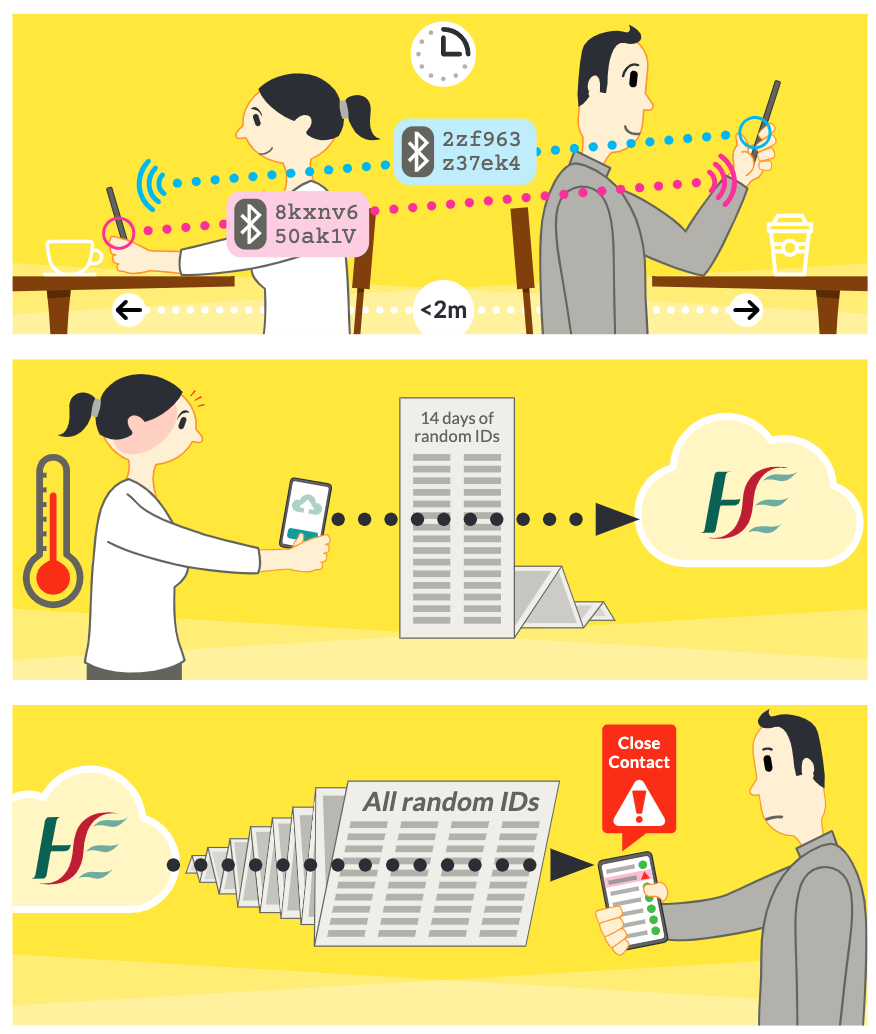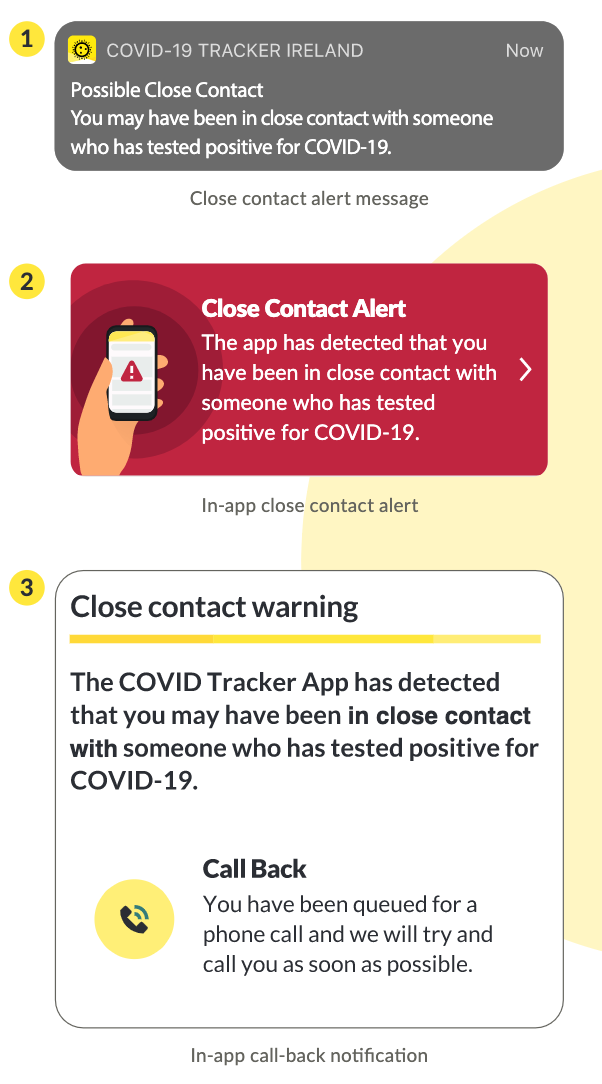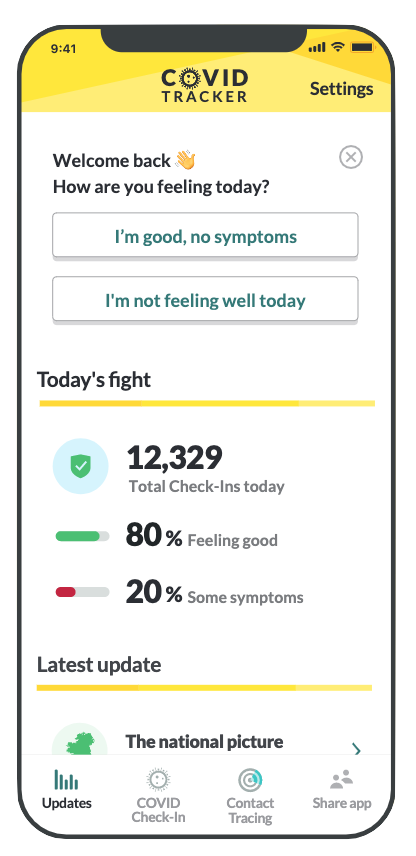There wasn’t much important news in the world of tech this week, so this week’s newsletter is a deeper piece of analysis on the ASAI’s decision to remove the Tampax commercial, the role of self-regulation and the Facebook Supreme Court which will set up later this year and make lots of decisions like these.
The “Tampons & Tea” Ad
This week the Advertising Standards Authority for Ireland upheld complaints about a tampon commercial which Tampax have been running on Irish TV.
The decision to recommend the ad be removed from air has caused quite a bit of backlash, not least because many saw the ad as genuinely educational. You don’t read this newsletter to hear a tech nerd express opinions on tampon commercials, so I won’t, but I do think it’s interesting to consider how the ASAI made their decision and to ask the more important question… who even are the ASAI?
A total of 84 complaints were made about the advertisement, under 4 broad headings. Under three of the headings, the ASAI didn’t find the complaints adequate. These were “Sexual Innuendo”, “Suitability for Children” and being “Demeaning to Women”.
The only complaints that were upheld were under the heading of “General Offence” and even here the reasoning is peculiar. From my reading of their findings, it seems that, while the ASAU didn’t find it to be offensive, enough people complained that they considered the ad to be breaking the code that “A marketing communication should not bring advertising into disrepute.”
To paraphrase, ‘We didn’t find it offensive, but enough people did, and the rules say not to be offensive’.
In defence of the position, ASAI Chief Executive Orla Twomey said in the last four-and-a-half years there have been only seven adverts that have had 60 or more complaints.
So I guess we know the magic number now. If you want any ad you dislike taken off the air, just get 60 people to fill in an online form.
Who are the ASAI?
Despite what you might first guess, the ASAI is not a government body or publicly funded. It is an industry group which has a self-regulatory code of conduct for all advertisers.
The optimistic view of this setup is that all industry players have a vested interest in keeping the standards in advertising high. If one advertiser tries something crass and eye-grabbing which opportunistically works for them in the short term, but degrades the efficacy of advertising in the long term, this is bad for everybody.
Also, not being defined in legislation gives self-regulatory bodies a bit of nimbleness to adapt as methods and trends change.
The more pessimistic view is that they do “just enough” to keep the worst behaviour at bay, but give government no impetus to setup a public regulator or enforce stricter rules. The main motive of a body like the ASAI is to keep advertising a profitable enterprise over the long term by setting code of conduct for advertisers. Sometimes this profit motive overlaps with the wider goals of society, but sometimes it does not.
This week’s decision is a good example of when those interests can come into conflict. If you’re an industry body charged with keeping a medium profitable, why wouldn’t you ban the one ad a year that generates too much controversy? Assessing it complexly is difficult and erring on the side of conservatism makes sense.
Where as a statutory (non-industry) regulator may have to weigh up a decision more complexly, considering the educational benefit, the wider context of gendered “offence” and the importance of free expression.
This decision is also another great example of how difficult it will be to regulate “political” and “commercial” advertisements as if they are always distinct and separate. Is Always’ “Run Like A Girl” ad commerical or political? Nike’s Colin Kapernick ads? What about Monsanto running ads about the benefits of fertiliser?
This isn’t the ASAI’s first difficulty with this distinction either. In 2018, they refused to hear any complaints about any advertisements in the abortion referendum, which left the digital ads in an un-regulated limbo. In 2016, they found the ads for Eircode to be misleading, it said they were outside its remit because they’re “public broadcasts.” (Which is probably fair – you can’t have an industry body regulating the government?)
Facebook’s Supreme Court
While we’re on the topic of self-regulation, the new Facebook “supreme court” has been established this summer and will soon start hearing cases.
The Facebook Oversight Board, as it’s officially called, will play an interesting role for the company and is an experiment worth watching for anyone interested in the ongoing debate around how we moderate content online. It is made up of some pretty impressive people, mostly former judges and human rights lawyers, and the intention is that it sits separate to Facebook (although funded by it).
Characterizing the FOB is tricky, as Evelyn Douek notes – “It is court-like in that it will hear appeals from and act as a check on Facebook’s policy-formation and enforcement processes and provide public reasons for its decisions. But it will also give policy recommendations, and neither its members nor those who appear before it will be lawyers applying the law. It is a private institution fully of Facebook’s own creation, but it has reasonably robust mechanisms to ensure independence from Facebook, which has put $130 million into a trust intended to fund the FOB for at least two three-year terms. It is a global body, but it would be naïve to think that it will be able to settle global speech norms when different jurisdictions have clashed about these for many decades.”
Facebook currently employees about 35,000 content moderators globally, who make decisions every minute of every day to remove content from the platform based on an ever growing set of company policies. If the removal of an individual piece of content, or a certain type of content, proves very controversial, Facebook can escalate this to the FOB for deliberation.
People who are hoping this might act like the US Supreme Court, handing down binding rulings and setting precedent for Facebook, will be disappointed. This Oversight Board won’t act in that way, and it would probably be naïve to trust that such a system could always work – Facebook can always just choose to ignore a body that it established, if it wishes.
But Evelyn Douek argues, quite compellingly, that this isn’t what optimists should hope for from a body like this. Instead, the benefit should come from the act of public deliberation itself, rather than just the final ruling. Forcing Facebook to explain why they removed content, and defend the logic publicly, should greatly enhance the public debate around these issues and also cause Facebook to more carefully consider each internal policy they implement, knowing that they may one day have to defend it publicly.
“The hope is that the dialogue between the FOB and Facebook, through being forced to make arguments in cases and publicly respond to FOB recommendations, will finally ventilate the reasons behind why Facebook makes the decisions that it does by forcing Facebook to justify them. This process itself will hopefully improve decision-making, but at the very least it will provide a level of transparency and accountability that is currently sorely lacking. To those from the United States, the paradigm “strong-form” judicial review jurisdiction, this might seem feeble. But many other jurisdictions have a version of this dialogic “weak-form” review, and it often turns out to be much stronger in practice than it appears in theory.”
As we’ve seen this week here in Ireland, self-regulation has its own problems. As Douek notes, “it is unsatisfactory for private, profit-driven platforms to be making these decisions unilaterally and without any accountability.
“On the other hand, heavy-handed government involvement in speech regulation is always suspect, and the cure to our current woes should not be worse than the disease. The FOB is therefore an effort to find a third, least-worst option.”
Similar to the industry that the ASAI represents, much of Facebook’s business model would just be simpler if it was an uncontroversial space to sell people’s attention to advertisers, so why not delegate some of these decisions away?
These are issues that will only become more and more prevalent in the coming decade, as the public sphere shifts from broadcast and print to digital, so every new experiment is worth watching closely. I’ll be watching with skepticism and a dash of hope.




